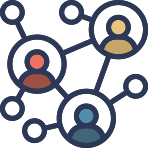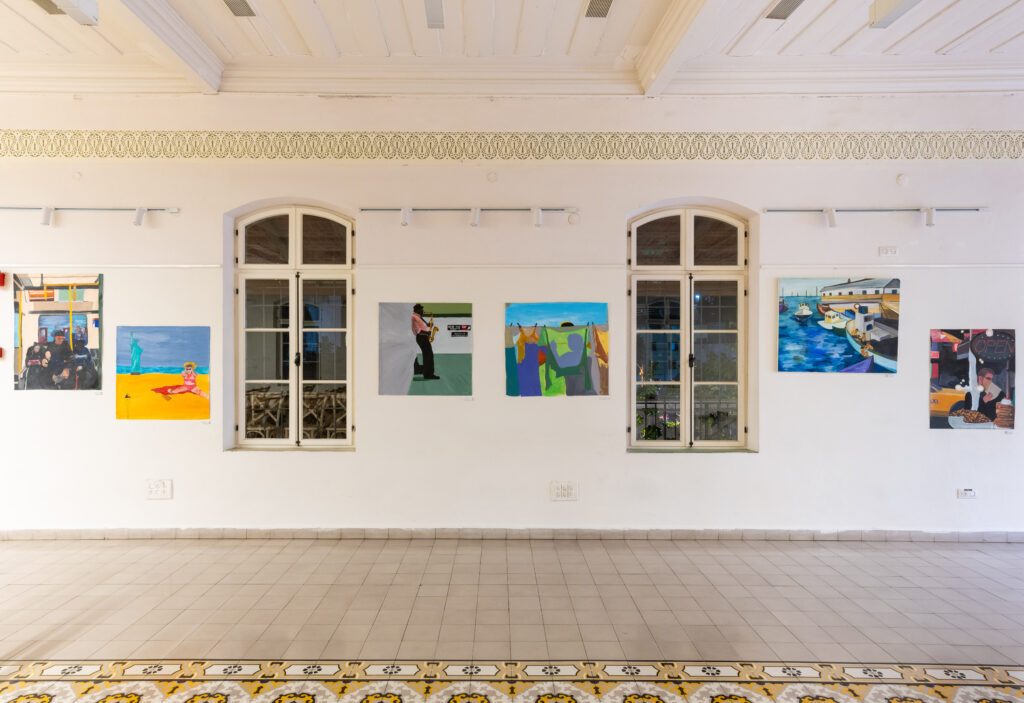Neve Schechter, with the support of the Sapir Center for Jewish Education and Culture, established a creative incubator for artists originating from North America, including both new and veteran Olim.
The incubator was created to provide a unique space that combines a creative beit midrash with professional artistic mentorship. Its purpose is to reexamine cultural discourse in Israel through the perspectives of artists who live with a dual identity, and to encourage artistic creation that emerges from the meeting point between cultural, linguistic, and spiritual worlds.
Each year, thousands of Jewish Olim arrive in Israel from across the United States and Canada. Their encounter with Israeli culture, along with the challenges of professional, linguistic, and social integration, plays a central role in the lives of North American Olim communities throughout the country. These experiences are often expressed through artistic forms such as writing, stand-up comedy, and video art. However, this discourse remains largely internal to these communities, and these issues rarely reach the wider Israeli cultural sphere—even though the questions that emerge are compelling and deeply relevant. They touch on Jewish and Israeli identity, on diaspora and rootedness, and on the complex and dynamic relationship between Israel and the United States, especially since October 7.
The Artists’ Incubator was established to explore a broad range of issues related to dual or divided identity, community, leadership, Jewish peoplehood, and tikkun olam. These themes are examined through artistic creation that emerges precisely at the fault line and point of intersection between worlds. The incubator brings together artists who embody this intersection within themselves: new and veteran American Olim, Israeli expatriates, dual citizens who were raised in both countries, and children of Olim.
Throughout the incubator, participants met once a week for in-depth study, group dialogue, and the development of their individual creative work. The meetings explored questions of Jewish and Israeli identity, belonging and community, diaspora and locality, as well as the impact of the dramatic events currently unfolding in the Jewish world and in Israeli society. Alongside the conceptual learning, the artists received close professional guidance, support in developing their creative vision, and production funding to bring their work to fruition.
Participants:
The incubator brings together artists who immigrated from North America—both new and veteran Olim—who hold a dual Israeli–North American identity, expressed on both personal and cultural levels. The incubator provides them with a space to express this unique voice, to explore it, and to transform it into a source of creation, inspiration, and meaningful public discourse.
List of Participants
Yonatan Kaplan – Photographer, curator, and art writer
Elana Rozenfeld – Cantor and singer
Michal Berman – Visual artist and founder of a painting studio
Yonatan Kunda – Musician and poet
Ori Lenkinski – Dance and performance artist, dance writer
Michal BenJakob – Visual artist, curator, and podcast host
Ruby Roshni Sharma – Painter, designer, illustrator, and writer
Shany M. Cohen – Textile and film artist
Rebecca (Becky) Portman – Filmmaker and writer, Dorot Fellow 2024
Jacob Dickerman – Writer and creator; studied dramaturgy, music, writing, and Yiddish; Dorot Fellow 2024
Abraham “Abie” Troen – Documentary filmmaker, cinematographer, and producer
Samantha Pearlman – Writer and documentary photographer, Dorot Fellow 2024
Outcomes
The incubator culminated in a festive public showcase presenting 13 new works in the fields of visual art, film, dance, and music. The event drew a wide audience that identified the incubator as a new and significant cultural voice, shedding fresh light on the relationship between Israel and North American Jewry. Beyond the works themselves, the incubator fostered a vibrant and ongoing artistic community. The strong public interest in continuing the program and establishing additional cohorts demonstrates the relevance and strength of this unique model.


